<< Previous | Displaying results 6101-6110 of 6769 for "" | Next >>
Group portrait at the Children's Aid Society (Oeuvre de Secours aux Enfants, OSE) home for Orthodox Jewish children in Ambloy, France. Among those pictured: Kalman Kalikstein (front left), Binem Wrzonski (middle right), and Elie Wiesel (back center). Photo dated 1945–1946.
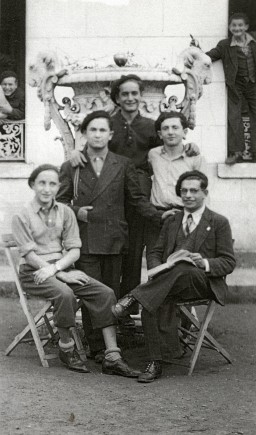
Michael Fink and his parents Manfred and Herta in the Westerbork camp, 1941–1944. Westerbork's primary role was as a transit camp. However, there was also a long-term camp population there. The Finks were among these residents. The family was in Westerbork until the spring of 1944, when they were deported to Theresienstadt. Michael and Herta survived, but Manfred was killed after being deported to Auschwitz-Birkenau and other concentration camps.
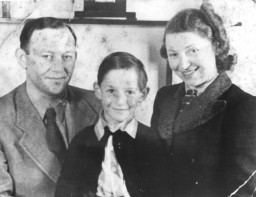
Signed portrait of German physician and sex researcher Magnus Hirschfeld (1868–1935). Hirschfeld sought to educate the public about sexuality. He advocated for the decriminalization of sexual relations between men, which was banned under Paragraph 175 of the German criminal code. Photo dated November 12, 1927.
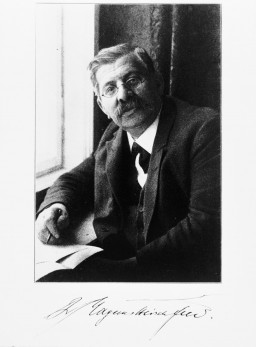
The American Eugenics Society displays an exhibit on health and eugenics at the Kansas Free Fair in 1929.
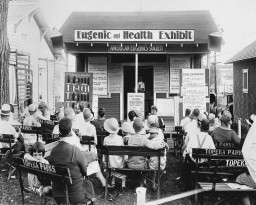
A segregated drinking fountain on the county courthouse lawn in Halifax, North Carolina. Photographed by John Vachon in April 1938.
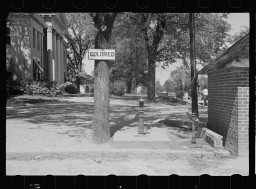
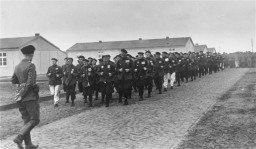
View of the wall enclosing the Esterwegen concentration camp, 1936.
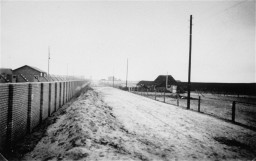
The defendants and their lawyers at the International Military Tribunal trial of war criminals at Nuremberg. Defendant Albert Speer (standing at right) delivers a statement in the dock. Nuremberg, Germany, November 20, 1945-October 1, 1946.
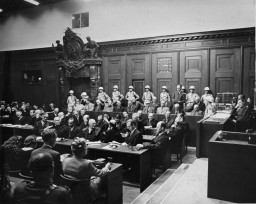
Julien Bryan was an important US documentary filmmaker and photographer who captured the everyday life, work, and culture of individuals and communities in many countries around the globe. Bryan was filming in western Europe in the summer of 1939. In the first week of September 1939, Bryan made his way to Warsaw just as all foreign reporters, diplomats, and Polish government officials were fleeing the capital in the wake of the German invasion. One of the few foreign photographers left in the city, he…
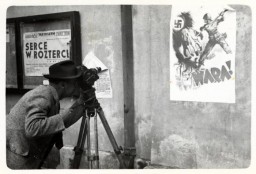
Adolf Hitler salutes a passing SS formation at the third Nazi Party Congress in 1927. Nuremberg, Germany, August 1927. The SS (Schutzstaffel, or Protection Squads) was originally established as Adolf Hitler’s personal bodyguard unit. It would later become both the elite guard of the Nazi Reich and Hitler’s executive force prepared to carry out all security-related duties, without regard for legal restraint.
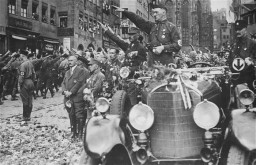
We would like to thank Crown Family Philanthropies, Abe and Ida Cooper Foundation, the Claims Conference, EVZ, and BMF for supporting the ongoing work to create content and resources for the Holocaust Encyclopedia. View the list of donor acknowledgement.